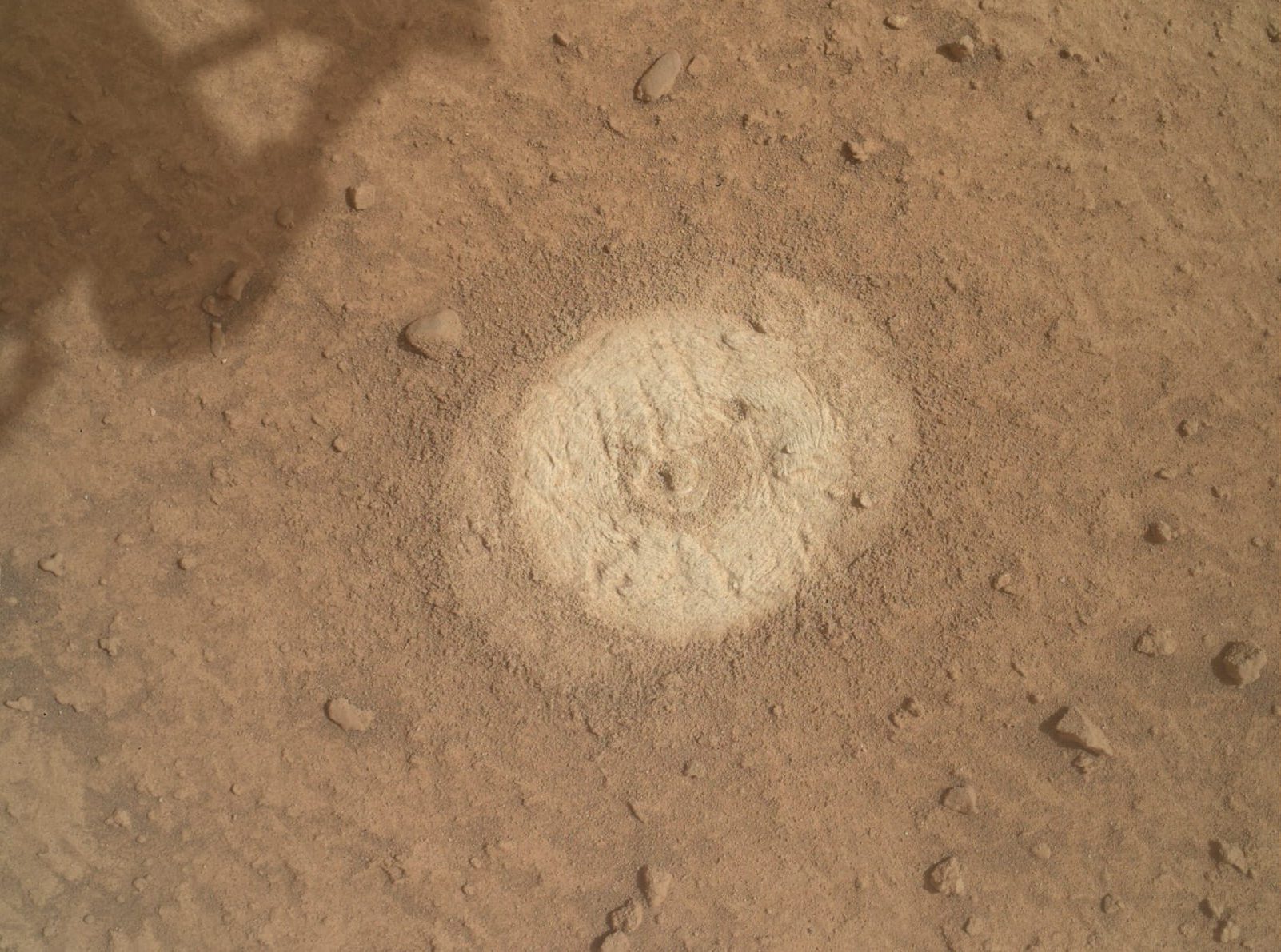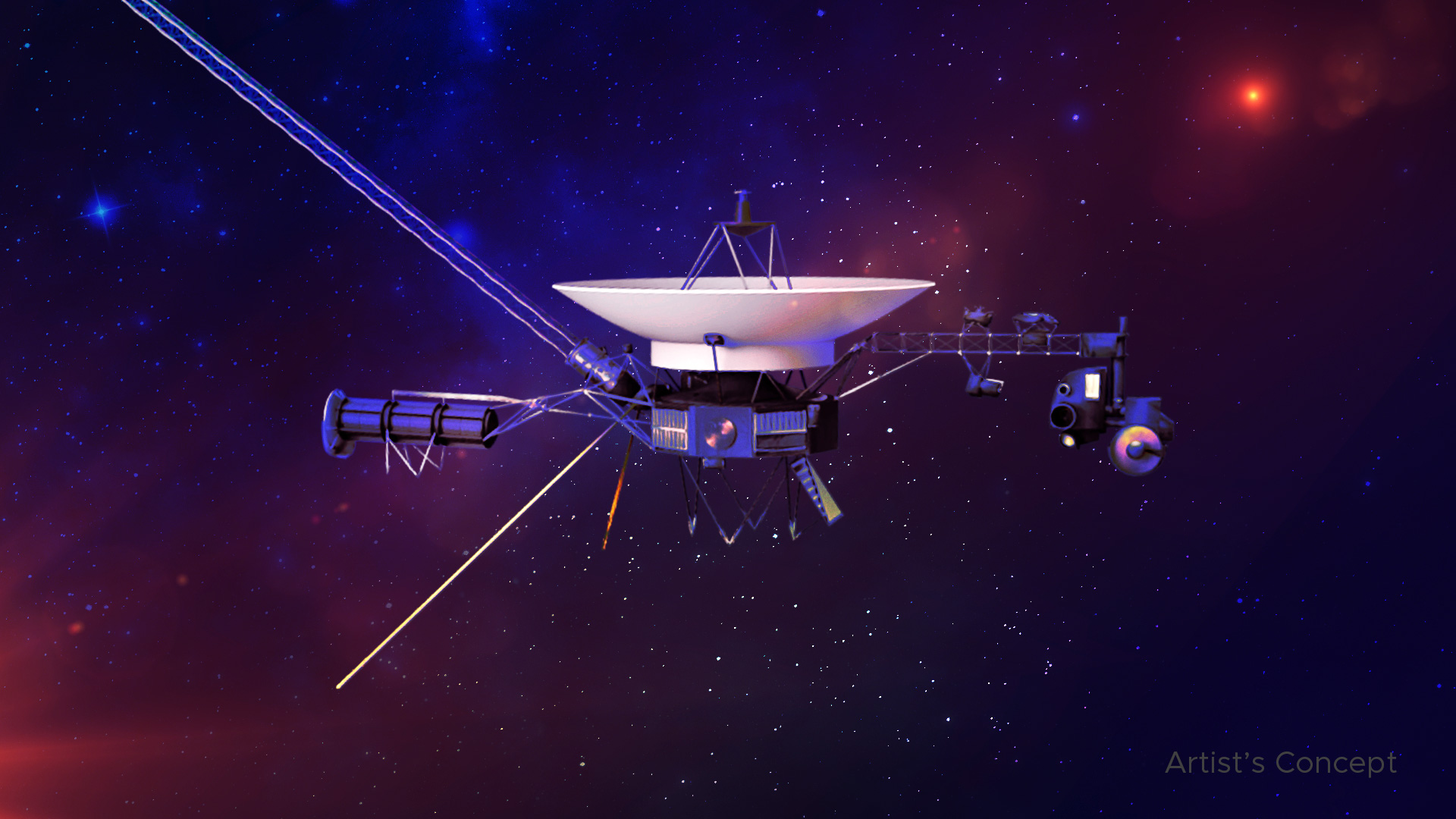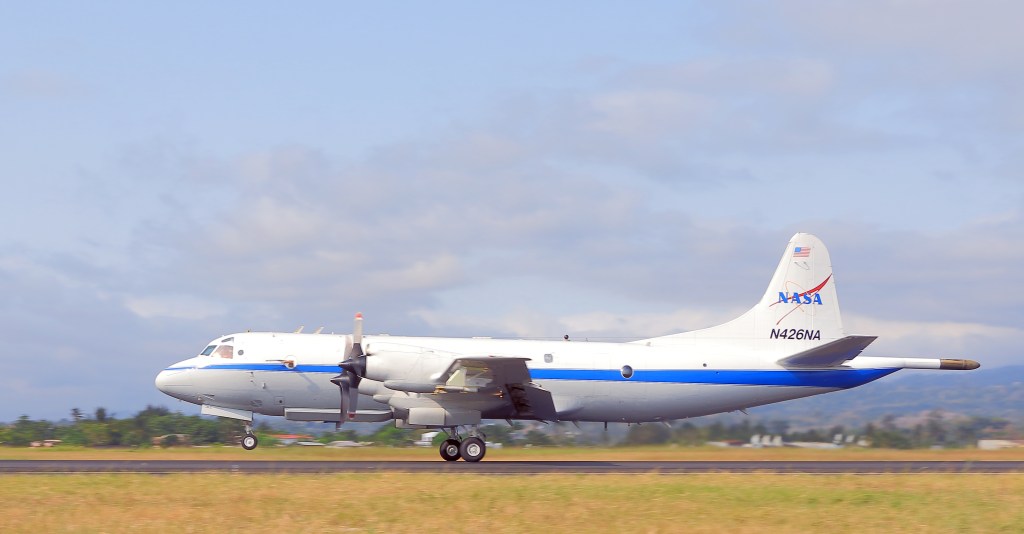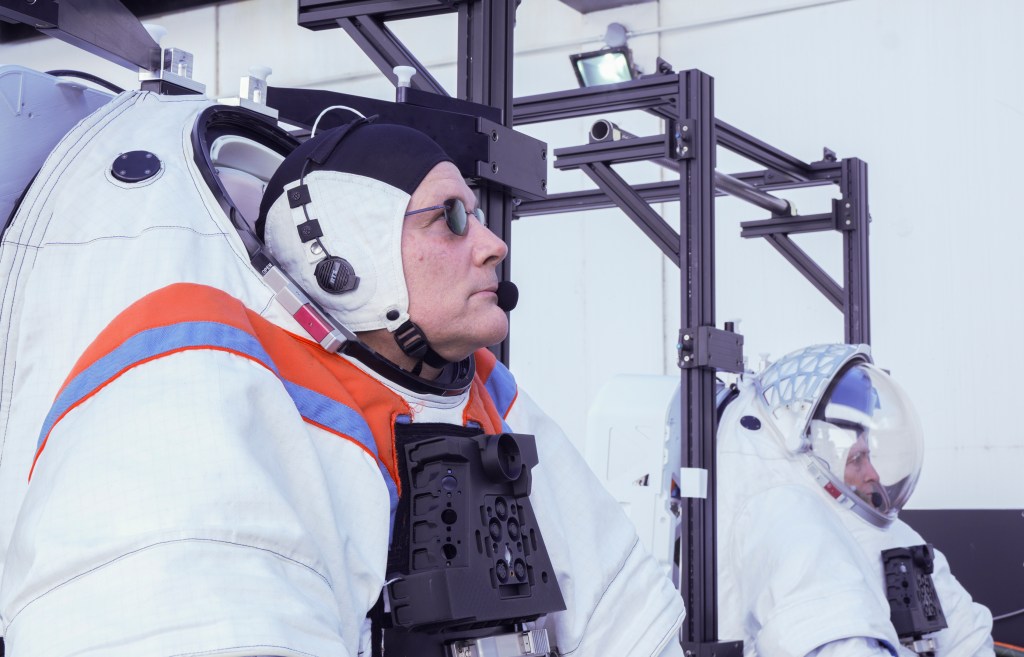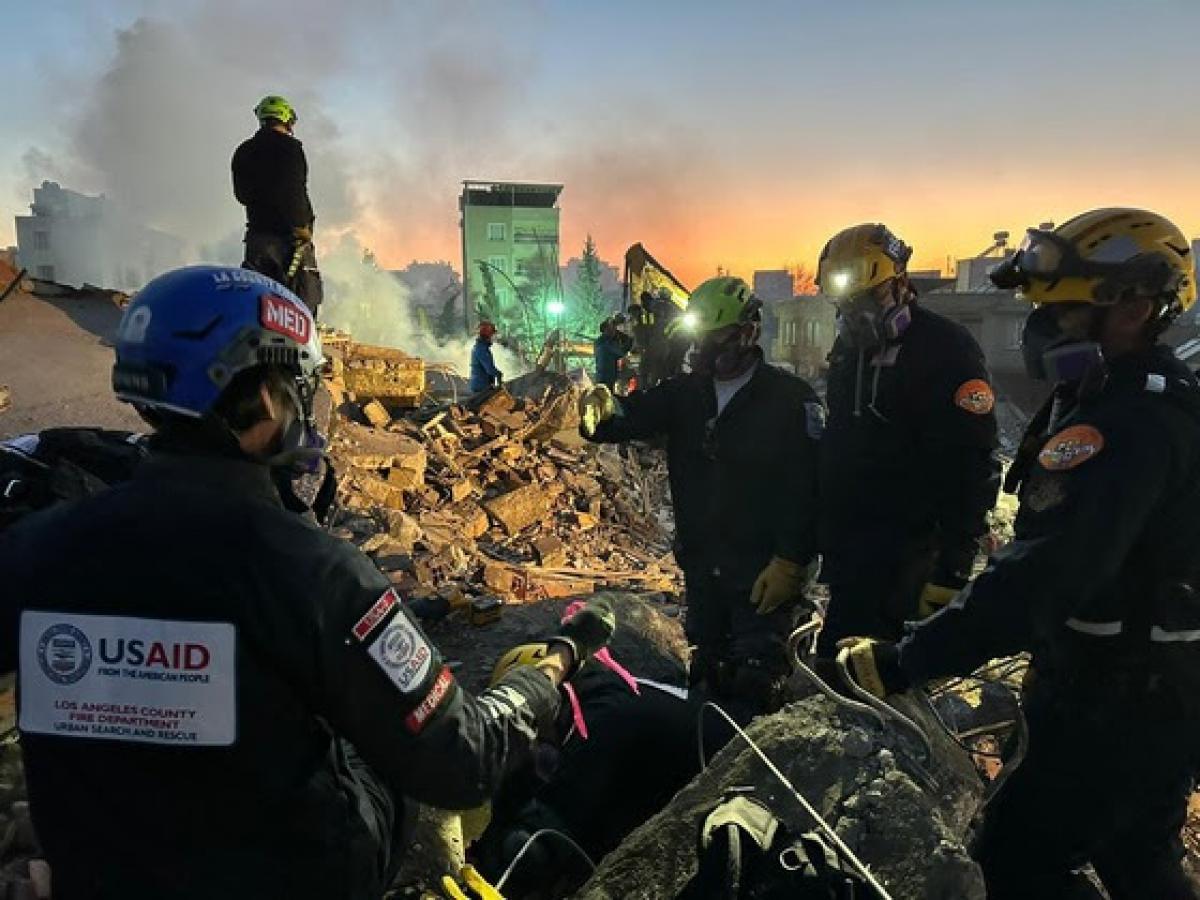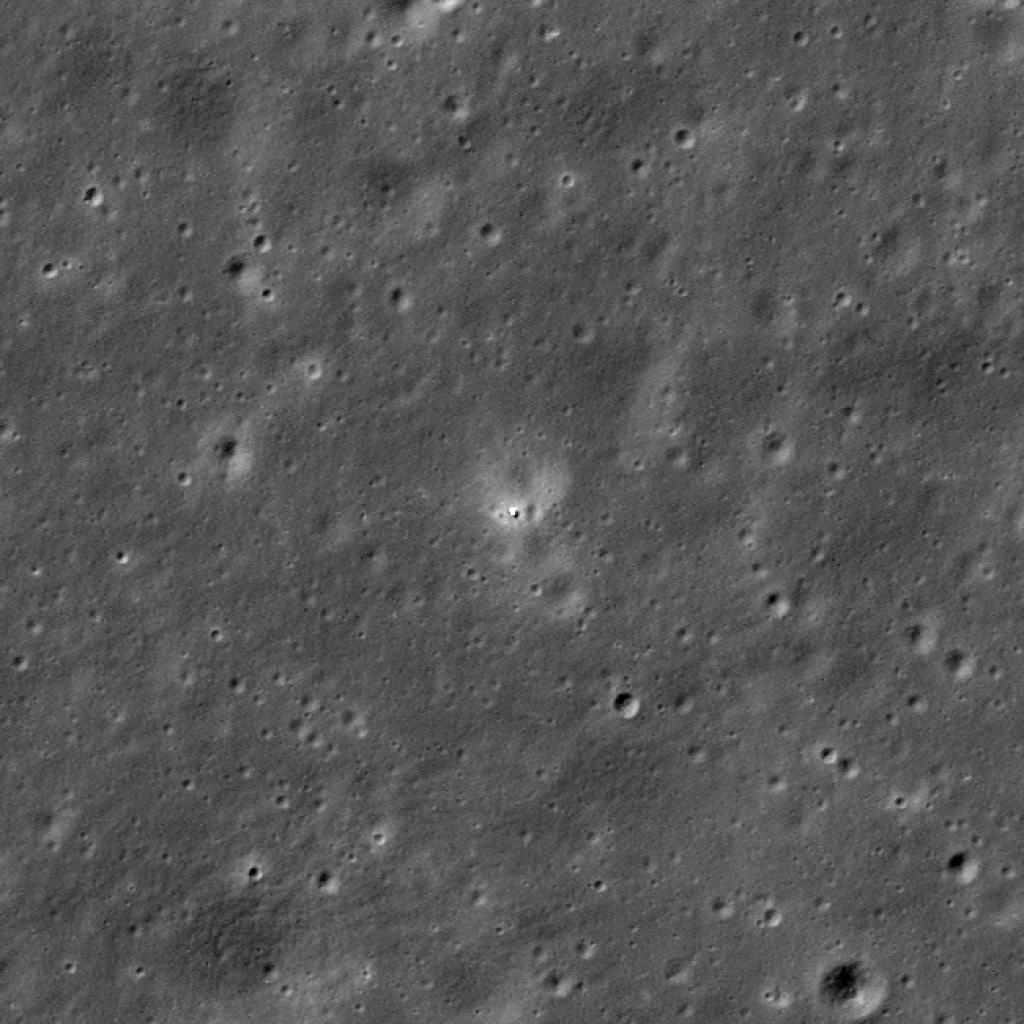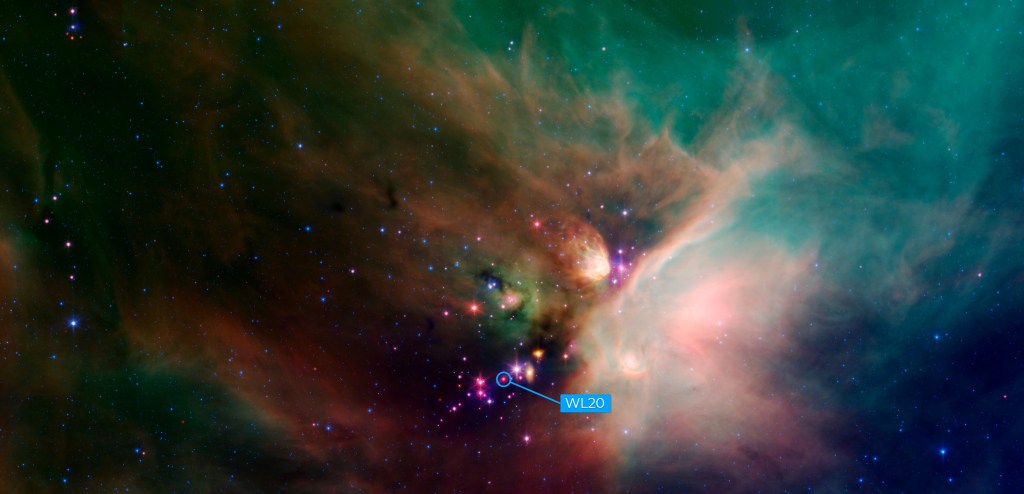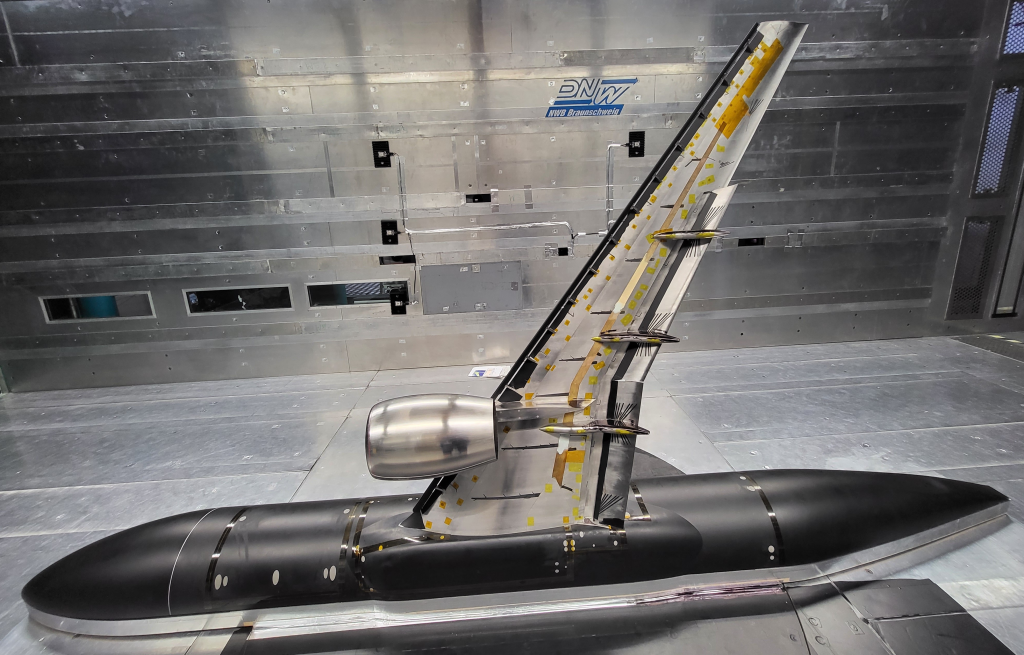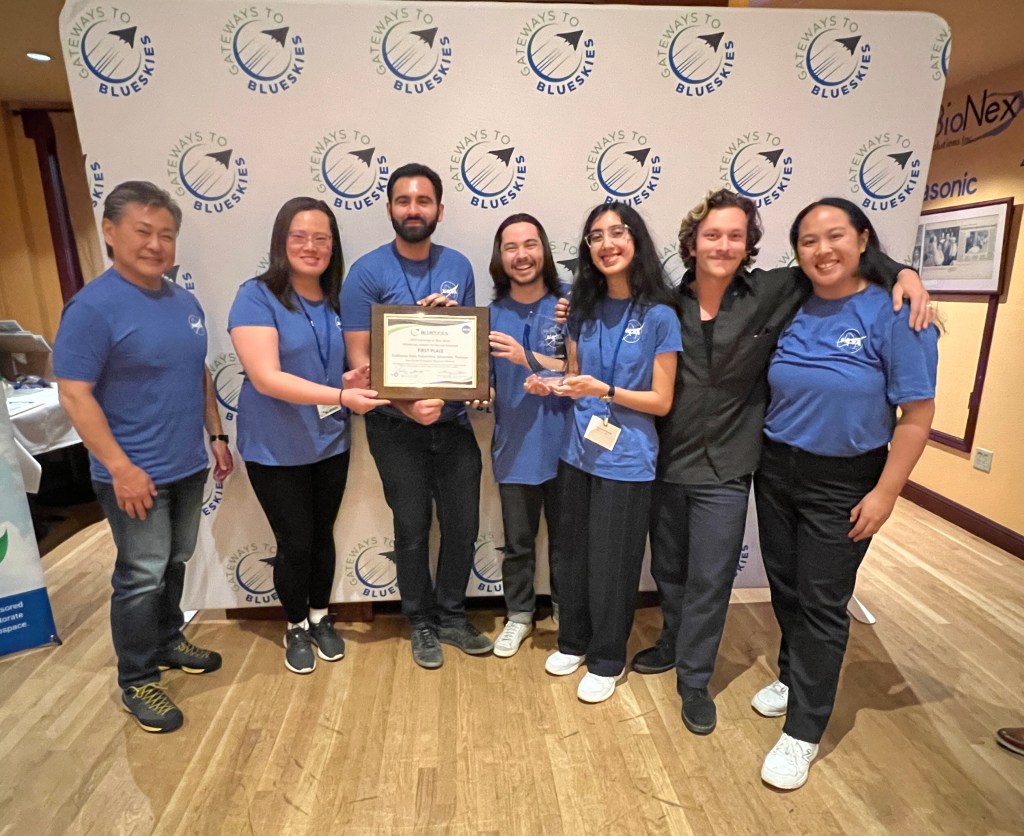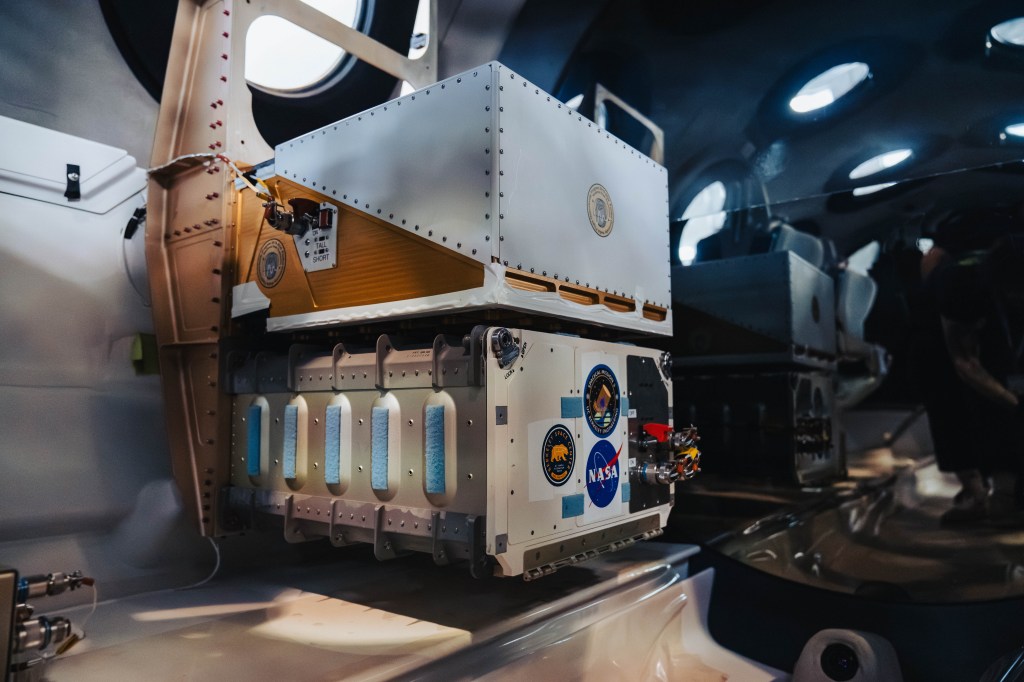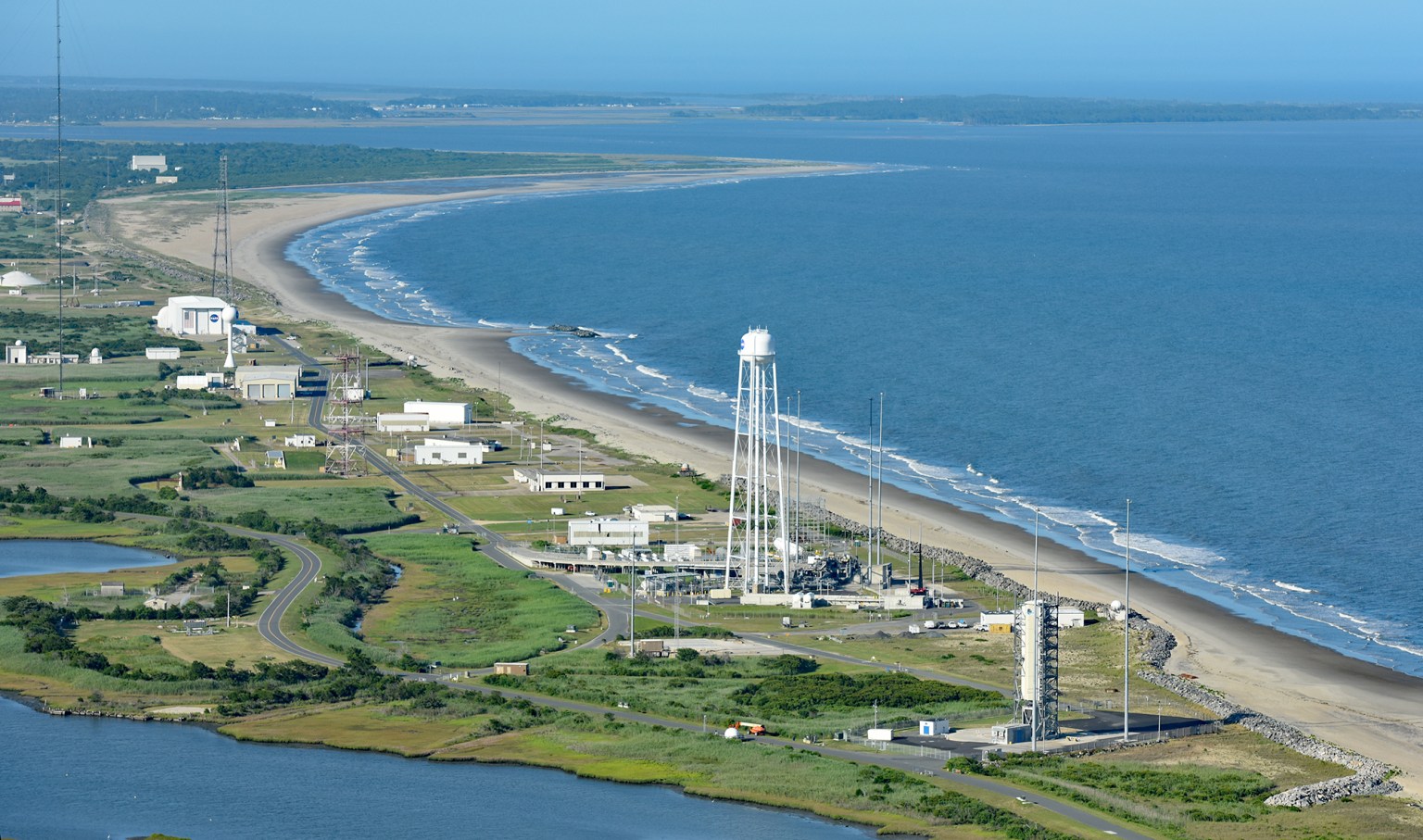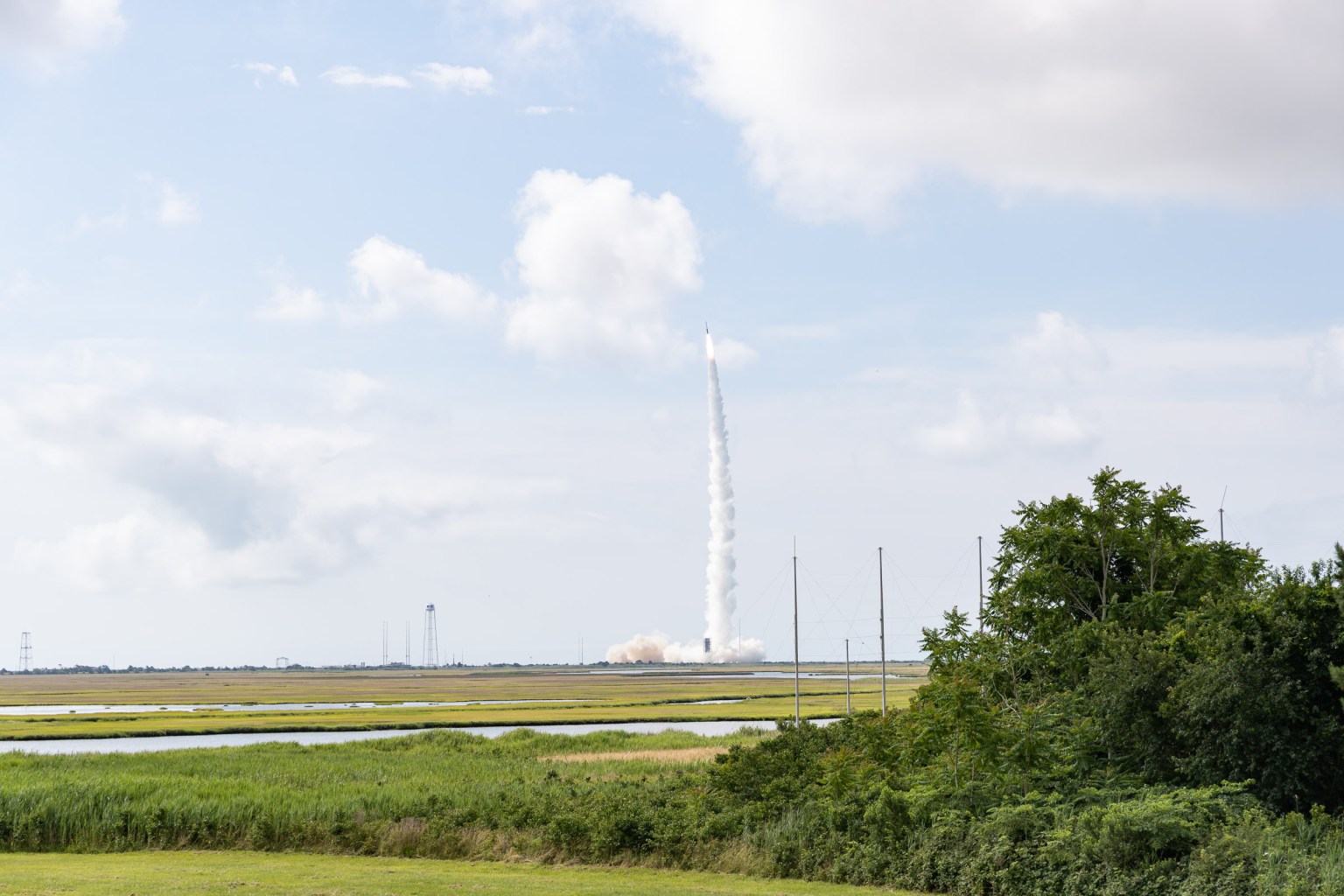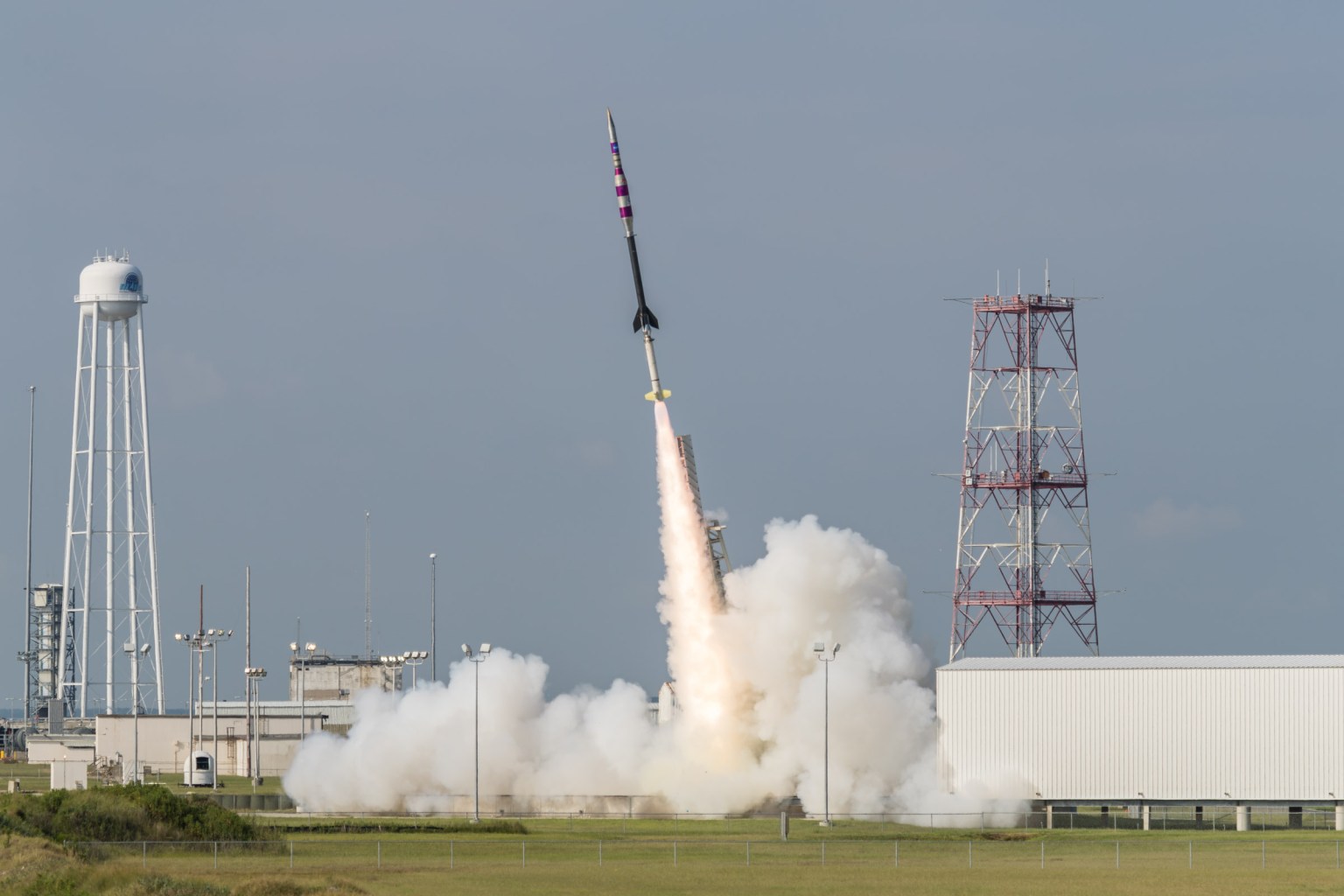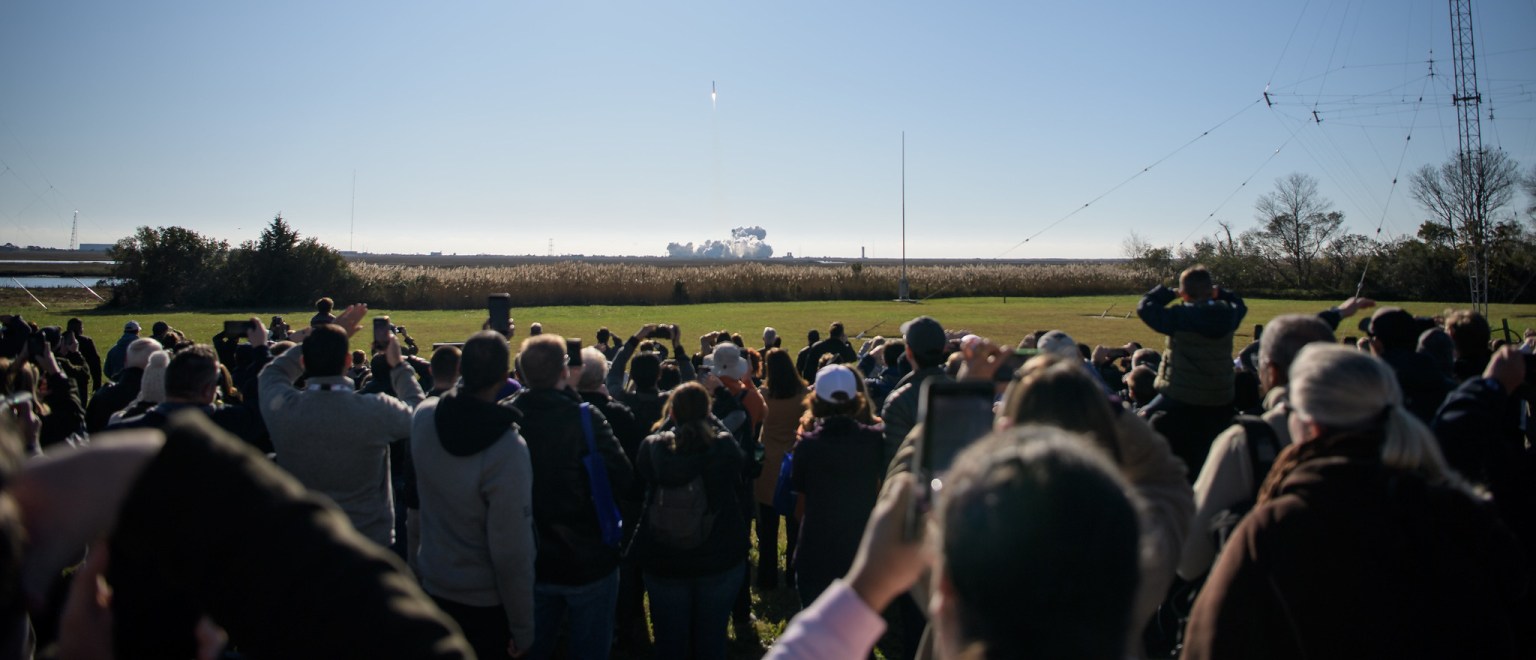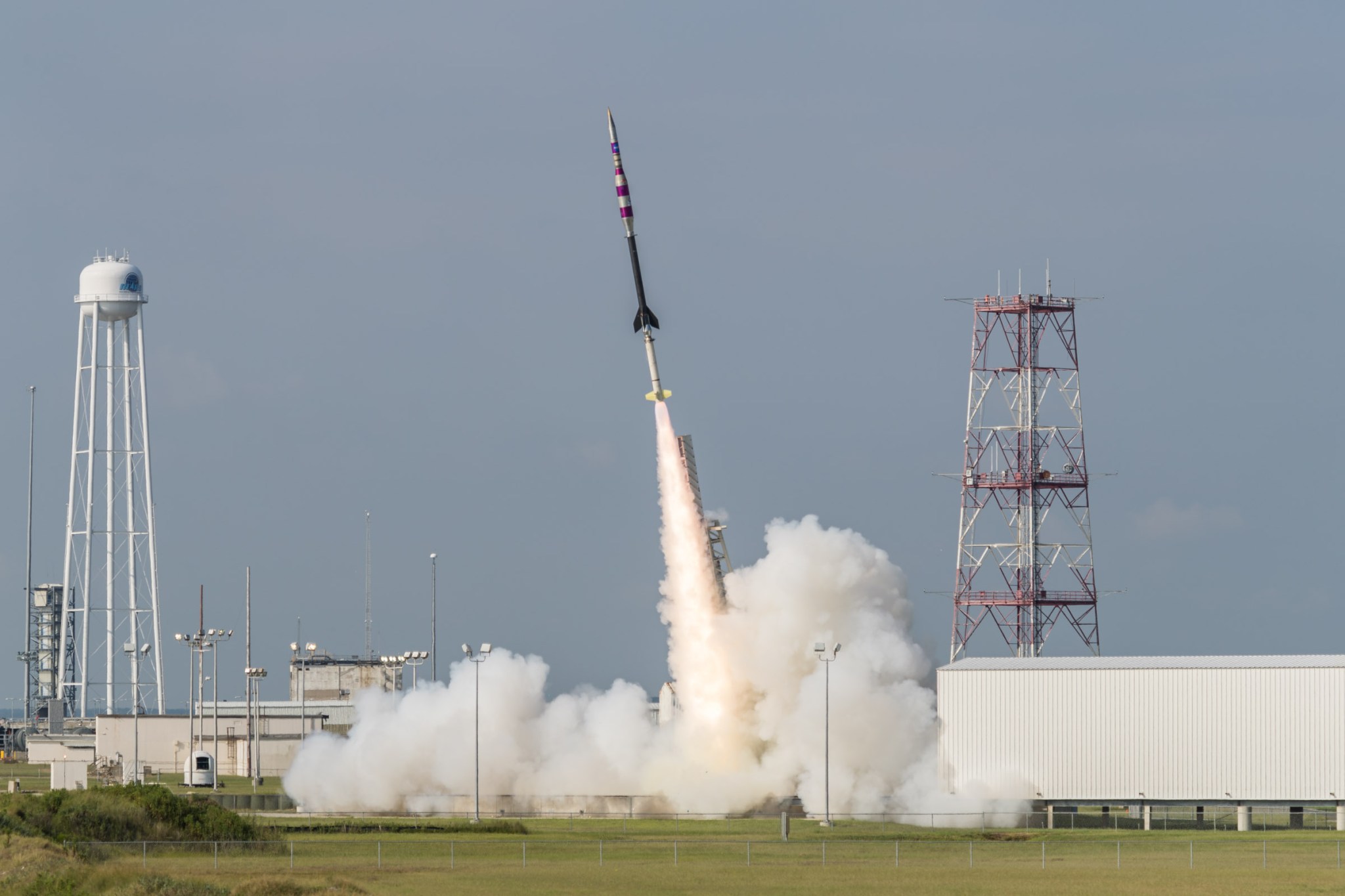
The Range and Mission Management Office, or RMMO, is the principal source of project management support at NASA’s Wallops Flight Facility and partners with NASA, government agencies, private industry, and academic institutions to achieve mission-specific data through its fixed and mobile launch ranges with a variety of orbital and suborbital vehicles.
The Wallops Flight Facility Range is NASA’s only owned and operated launch range and is a national asset supporting government and commercial customers. Managed by the NASA’s Goddard Space Flight Center’s Suborbital and Special Orbital Projects Directorate, Wallops has been an active launch range since 1945. Since that time, Wallops has become renown for delivering responsive, cost effective, and safe launch and flight-test support, helping assure successful mission outcomes for a diverse set of programs from Government agencies, universities, commercial entities, and world-wide scientific community. Wallops conducts launch operations at Wallops Island, Virginia, and, through use of mobile range capabilities, at many other locations around the world. The Range maintains the facilities, systems, and skilled personnel needed to support a diverse set of missions including precision tracking, telemetry, and command and control systems. The Range manages an aeronautical research airport, controls Restricted Airspace, and leverages DoD-controlled warning areas over the Atlantic Ocean.

